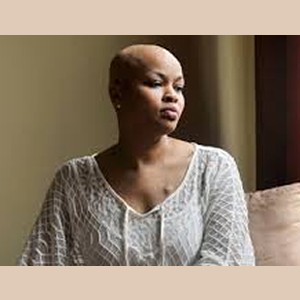Your doctor may prescribe a medication such as tamoxifen or raloxifene, two selective estrogen response modifiers (SERMs) that block the effects of estrogen on breast tissue, which inhibits the cancer development process in some women. In 1998, the Food and Drug Administration approved the use of tamoxifen for reducing the incidence of breast cancer in women with multiple risk factors for the disease. This approval was based on the results of the National Cancer Institute’s Breast Cancer Prevention Trial, which showed that tamoxifen reduced the chance of getting breast cancer by 44 percent. However, the specific impact of tamoxifen on risk in women with BRCA1 and BRCA2 mutations has not yet been studied thoroughly. Risks of tamoxifen include uterine cancer, blood clots, cataracts, and menopausal symptoms.
The SERM raloxifene has been found to reduce breast cancer risk as much as tamoxifen does, but with a lower risk of side effects. However, its impact on BRCA1 and BRCA2-related risk also has not yet been studied thoroughly.
You can discuss these and other options with your doctor, along with the possibility of taking oral contraceptives to lower ovarian cancer risk. You may wish to participate in a clinical trial that is studying different approaches to lowering cancer risk in women like you. A good starting point is the clinical trials section of the National Cancer Institute Web site.
Finally, you can follow the recommendations given to all women for lowering breast cancer risk, such as maintaining a healthy weight, eating a healthful diet rich in fruit and vegetables, exercising regularly, and limiting alcohol intake to no more than one drink per day.
Reviewed by Jill Stopfer, MS
